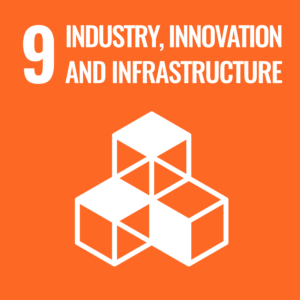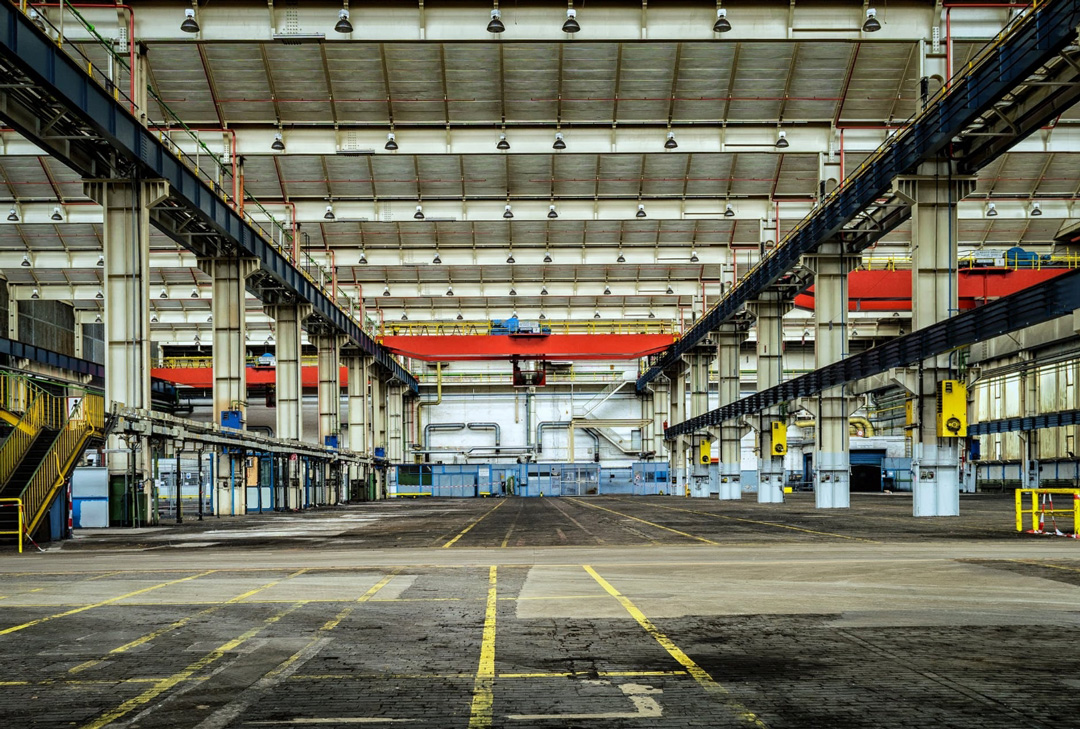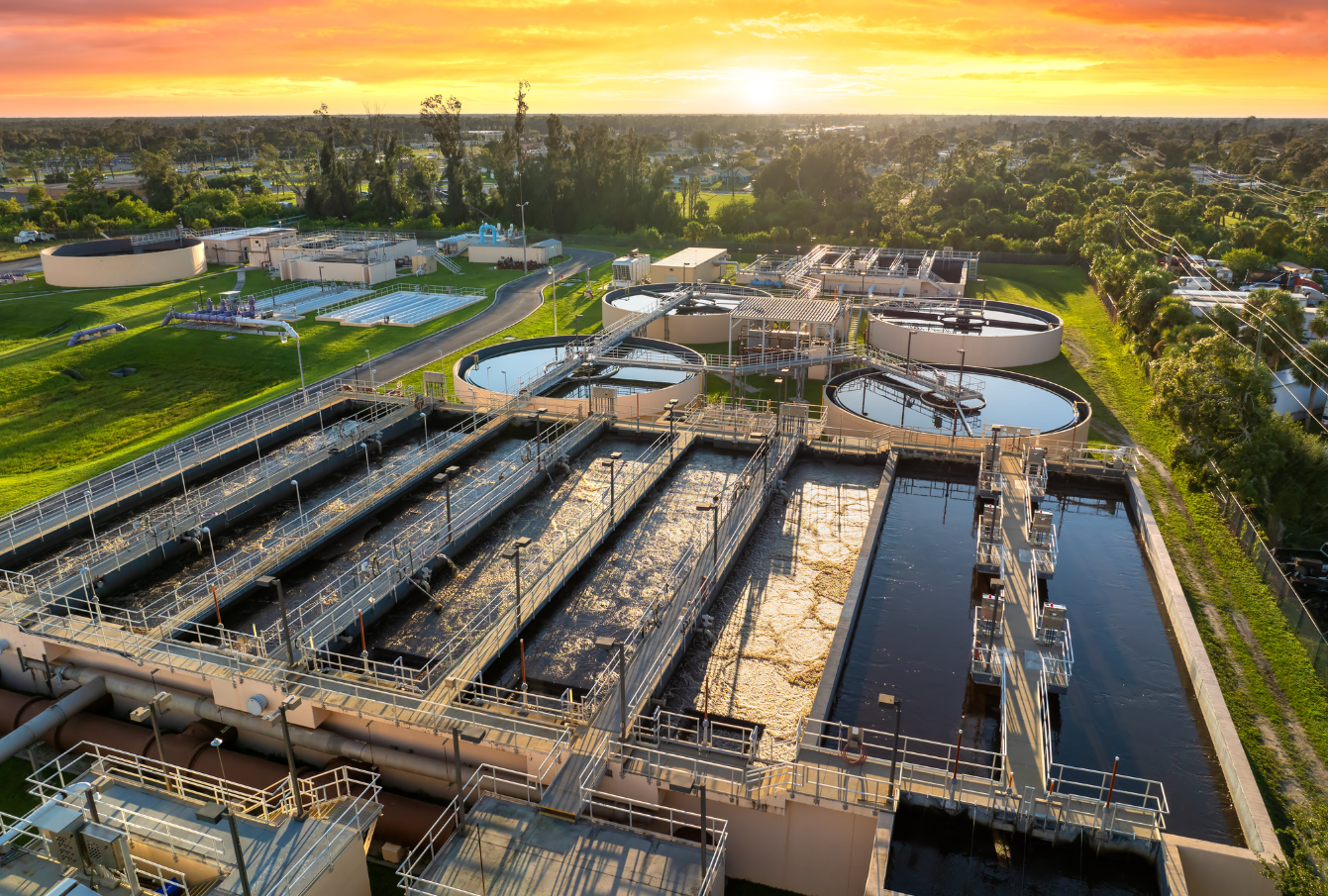 Agricultural Innovation in Italy: Technologies Transforming Italian Agriculture
Agricultural Innovation in Italy: Technologies Transforming Italian Agriculture
Technological innovation is revolutionizing the Italian agri-food sector, introducing sustainable and efficient practices. Agricultural innovation in Italy is redefining production, improving sustainability and competitiveness.
Agriculture 4.0: Digital Technologies for Agriculture
Agriculture 4.0 signifies the fusion of digital technologies into agricultural processes to optimize efficiency and sustainability. These innovations help farmers make data-driven decisions, leading to better resource management and increased profitability.
-
Artificial Intelligence (AI): AI analyzes extensive agricultural data, supporting informed decisions on planting, irrigation, and harvesting, thereby improving crop yields. Machine learning algorithms can predict weather patterns and disease outbreaks, allowing farmers to take preventive actions.
-
Big Data: Collecting and analyzing data from various sources enables precise resource management, reducing waste and increasing productivity. Sensors and IoT devices provide real-time monitoring of soil conditions, helping farmers optimize water and fertilizer use.
-
Cybersecurity: Protecting sensitive agricultural data ensures secure and reliable operations. With the increasing digitalization of farms, cybersecurity safeguards against potential threats such as data breaches and cyberattacks.
These technologies not only enhance operational efficiency but also contribute to greater environmental sustainability by reducing resource usage and ecological impact. The adoption of digital farming solutions is accelerating worldwide, helping the agricultural sector become more resilient to climate change and market fluctuations.
Regenerative Agriculture: A Sustainable Approach
Alongside digital technology adoption, regenerative agriculture is gaining attention as a method to restore soil health and promote biodiversity. By focusing on soil regeneration rather than mere conservation, this approach ensures long-term agricultural productivity.
-
Crop Rotation: Alternating different crops on the same land improves soil fertility and reduces pest pressure. This method also minimizes the need for chemical fertilizers and pesticides, promoting healthier ecosystems.
-
Composting: Using natural compost enriches the soil with nutrients, enhancing structure and water retention capacity. Additionally, composting helps reduce food waste by recycling organic materials back into the agricultural cycle.
-
Agroforestry: Integrating trees into agricultural areas improves biodiversity and sequesters carbon, mitigating climate change. Tree roots help prevent soil erosion and improve water infiltration, making farmland more resilient to extreme weather conditions.
These practices not only enhance soil health but also contribute to more sustainable and resilient food production. By prioritizing ecosystem restoration, regenerative agriculture provides a holistic solution to food security and climate change challenges.
Italy at the Forefront of Agri-Food Innovation
In Italy, the adoption of Agriculture 4.0 is growing rapidly, reaching a market value of €1.6 billion. However, challenges remain, including high initial costs, a digital divide between large and small farms, and the need for specialized training.
Regenerative agriculture is also expanding, but its adoption is slowed by regulatory delays, resistance from traditional farmers, and uncertainty about financial incentives.
Despite these obstacles, Italy remains a leader in agri-food innovation. Greater investment, stronger public-private partnerships, and better training can accelerate the transition toward a more sustainable and competitive agricultural sector.
Examples of Innovative Projects in Italy
Several companies are implementing innovative projects to improve the sustainability of the agri-food sector:
- Knorr Italy: In 2022, it launched a regenerative agriculture initiative in the rice fields of Pavia, achieving a 78% reduction in pesticide residues in paddy water.
- Barilla: In collaboration with Davines Group, it developed a regenerative agriculture project to improve soil health and biodiversity.
- Nestlé Italy: It has committed to sourcing 20% of its key ingredients through regenerative practices by 2025, with a goal of reaching 50% by 2030.
Conclusions
The integration of digital technologies and regenerative practices is transforming Italy’s agri-food sector, making it more efficient, sustainable, and resilient. While challenges such as high costs, regulatory delays, and resistance to change remain, innovation continues to drive progress.
With greater investment, stronger collaboration, and better training, Italy can accelerate this transition, ensuring a competitive and environmentally responsible agricultural industry. This evolution not only addresses current challenges but also opens new opportunities for a smarter and more sustainable food system.
What Proaxxes Can Do for You
With our expertise and in-depth knowledge, we help foreign companies expand their sustainable agri-food technologies into the Italian market. We navigate the complexities of market entry, ensuring compliance with sustainability regulations and alignment with emerging technological innovations. Our services include identifying the most suitable local partners, guiding businesses through regulatory requirements, and crafting tailored market strategies for successful expansion.







